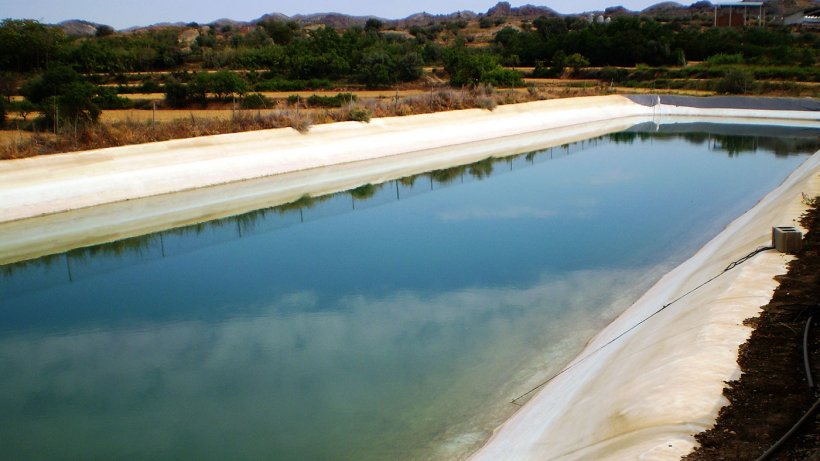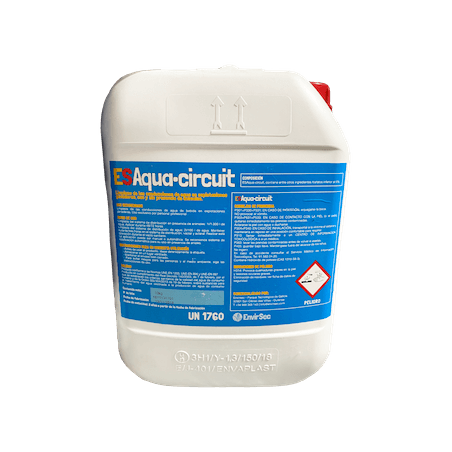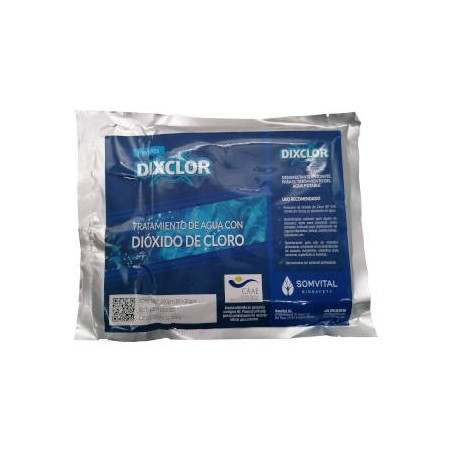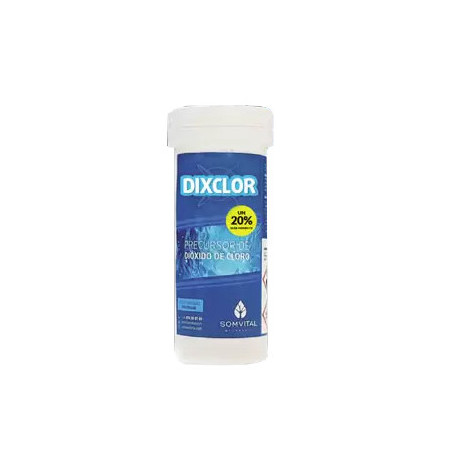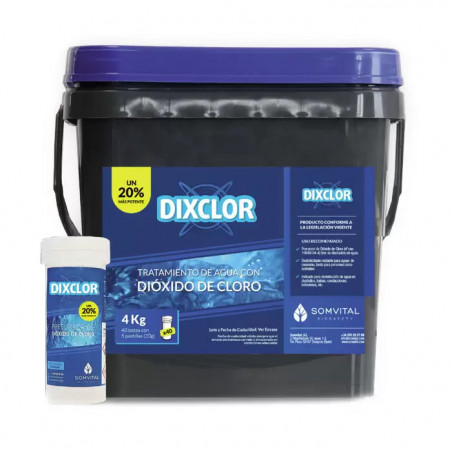Who would drink water from a dirty glass? I wouldn't. The health and hygiene hazards and the alteration of its organoleptic properties, such as taste and/or colour, make it unappetising.
There are no differences when we take this question to pig production. In this case, the “glass” consists of the storage tank, the water pipes and the drinkers. The main risk derived from a lack of maintenance of the tank and the water pipes from the health and hygiene viewpoint is biofilm.

Biofilms are complex microorganism communities (pertaining to a single or several species) that grow embedded by a self-generated polymeric matrix and adhere to an inert or live surface. These structures increase the possibility of the water becoming contaminated and being a vector for the transmission of diseases, so they entail an evident risk for the health of our pigs.
Besides, the biofilm can interfere in the administration of drugs, reduce the diameter of the pipes and block the drinkers.
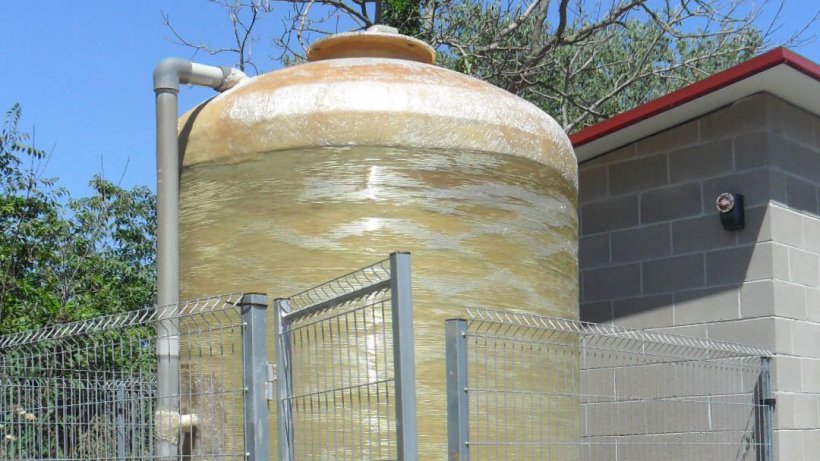
The development of biofilms
The development of biofilms is a usual way in which bacteria grow in nature. It is deemed that under appropriate environmental conditions, most of the microorganisms are able to form biofilms.
The formation of biofilms is a dynamic and complex process that we can divide into five stages:
- Stage 1. Reversible attachment of the bacterium to the surface. Weak bond between the bacterium and the substrate that happens in barely 1 minute.
- Stages 2 y 3. Irreversible attachment to the surface with an initial growth and division phase with the production of a protective exopolymer and the final development of the colony with the dispersion of colonizing cells. The irreversible attachments are formed during a period of between 20 minutes and 4 hours.
- Stage 4. Growth and maturation. The resulting bacteria form a micro-colony around the attachment point. If the conditions are appropriate, an organized colony will develop. Along the maturation phase, the biofilm becomes adapted to the presence of nutrients, oxygen and the population changes. It's estimated that the development of this phase takes from 2 to 4 days.
- Stage 5. Dissemination of colonizing cells. Finally, some bacteria release themselves from the biofilm matrix so they're able to colonize new surfaces, closing or starting the cycle.
The biofilm formation, attachment, maturation, dissemination and recovery process develops in barely 5 days.

The five stages of the formation of a biofilm. Source: http://www.emerypharmaservices.com/
Biofilms: a survival strategy of bacteria
The growth as a biofilm increases the possibility of survival of bacteria through mechanisms such as:
- It acts as a “shield”, protecting the microorganisms against elements such as biocides or antibiotics, and it reduces the possibility of dehydration.
- It increases nutrient availability for bacterial growth.
- It makes the transference of genetic material (ADN) possible.
Control and removal of biofilms
The attached bacteria are much more resistant to biocides and to the conventional cleaning methods than those that are free-swimming.
The control and removal of the biofilm must be a critical control point. It is essential to follow an appropriate protocol, both in the presence of animals as during a production break.

It has been seen that for removing the biofilm the cleaning with alkalis is more effective than cleaning with acids.
The hygiene maintenance protocol of the water distribution system must be carried out by using specific products. Summarising, biofilms are proteins and fats attached to a surface, so we must use products that eliminate the surface tension (adhesion) that are effective against proteins and fats and that are suitable for treating drinking water. There are specially formulated alkaline products in the market for these uses: products based on sodium hydroxide and dispersing agents with a high solubility that have a detergent effect in the pipes, detaching the biofilm. The treatments with this kind of products, when applied in the presence of animals, must not exceed 48-72 hours, because they cause an increase in water pH.
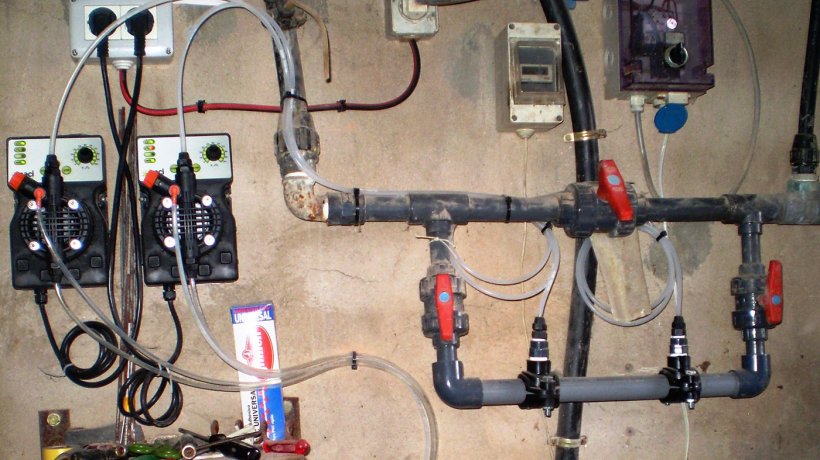
To ensure that the water pipes on the farm are kept clean, their periodic cleaning in the presence of animals must be combined with the cleaning during the production break.
it is ALWAYS necessary to clean the water pipes at the end of any drug treatment
Conclusion
We must never think that the quality of the water introduced in a supply system remains unaltered until it reaches the point where it is consumed: the action of the microorganisms present in the internal walls of the pipes (biofilm) causes a deterioration in water quality, reduces de hydraulic capacity of the pipes, it accelerates their corrosion and it complicates the water disinfection treatments and the administration of antibiotic treatments, and of course, it can be a vector for the transmission of diseases.
The implementation of an appropriate protocol for the health and hygiene maintenance of the pipes with authorized products, both in the presence of animals and during the production break, is the correct tool to ensure the control and removal of biofilms on our farm.
Lastly, we must emphasize that the hygienic design of the water distribution systems is the best preventive measure for the control and elimination of the biofilm, favoring that it does not form and facilitating the health and hygienic maintenance of the system.
